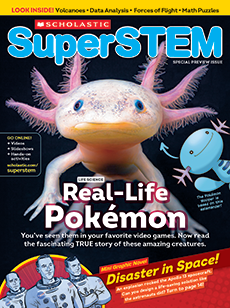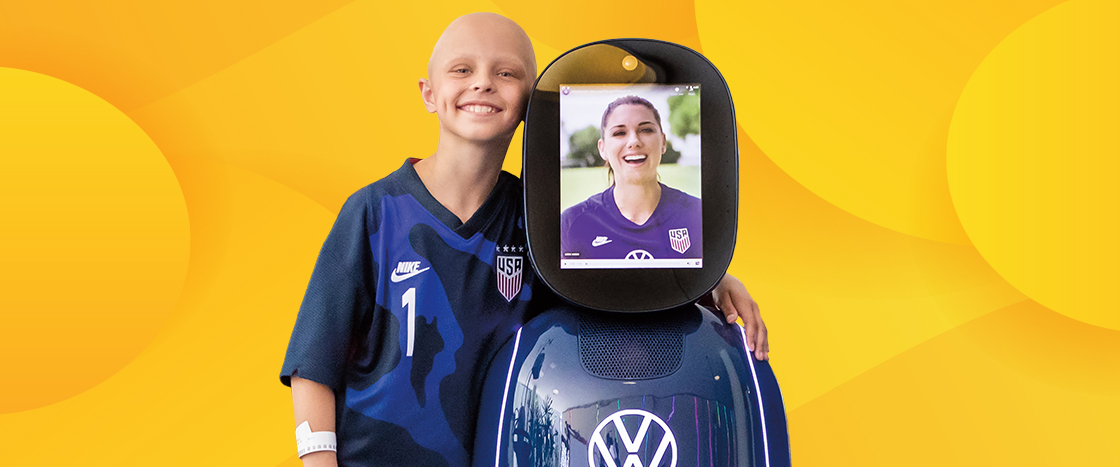When patients at Phoenix Children’s Hospital want to have a playdate, a family visit, or an outside stroll, they call Ohmni. Ohmni is a robot with a video camera that can be controlled from a distance. Hospitalized kids can use the camera to see their friends and chat with them as if they were there in person, while still avoiding the risk of exposure to harmful bacteria or viruses.
“It’s about robots helping people to do tasks, such as connecting people across distances,” says Thuc Vu. He’s the co-founder of OhmniLabs, which makes Ohmni.
Ohmni has connected kids with their families, friends, and even celebrities. Some patients have “attended” events, such as a soccer match where children with disabilities took the field as honorary players.
Sometimes the patients at Phoenix Children’s Hospital want to do something outside. They might be invited to a playdate or a family visit. They might just want to go for a walk. That’s when the patients call Ohmni. Ohmni is a robot. It has a video camera. A kid can control Ohmni from a distance. Kids in the hospital can use Ohmni’s camera to see their friends. They can chat as if they were there in person. But they can still avoid the harmful bacteria and viruses that exist outside their hospital rooms.
“It’s about robots helping people to do tasks, such as connecting people across distances,” says Thuc Vu. Vu is the co-founder of OhmniLabs. OhmniLabs is the company that makes the Ohmni robot.
Ohmni has connected kids with their families and friends. Some kids have even used Ohmni to meet celebrities. Patients have also “attended” events using Ohmni. Children with disabilities were once able to be a part of a soccer match using Ohmni.

